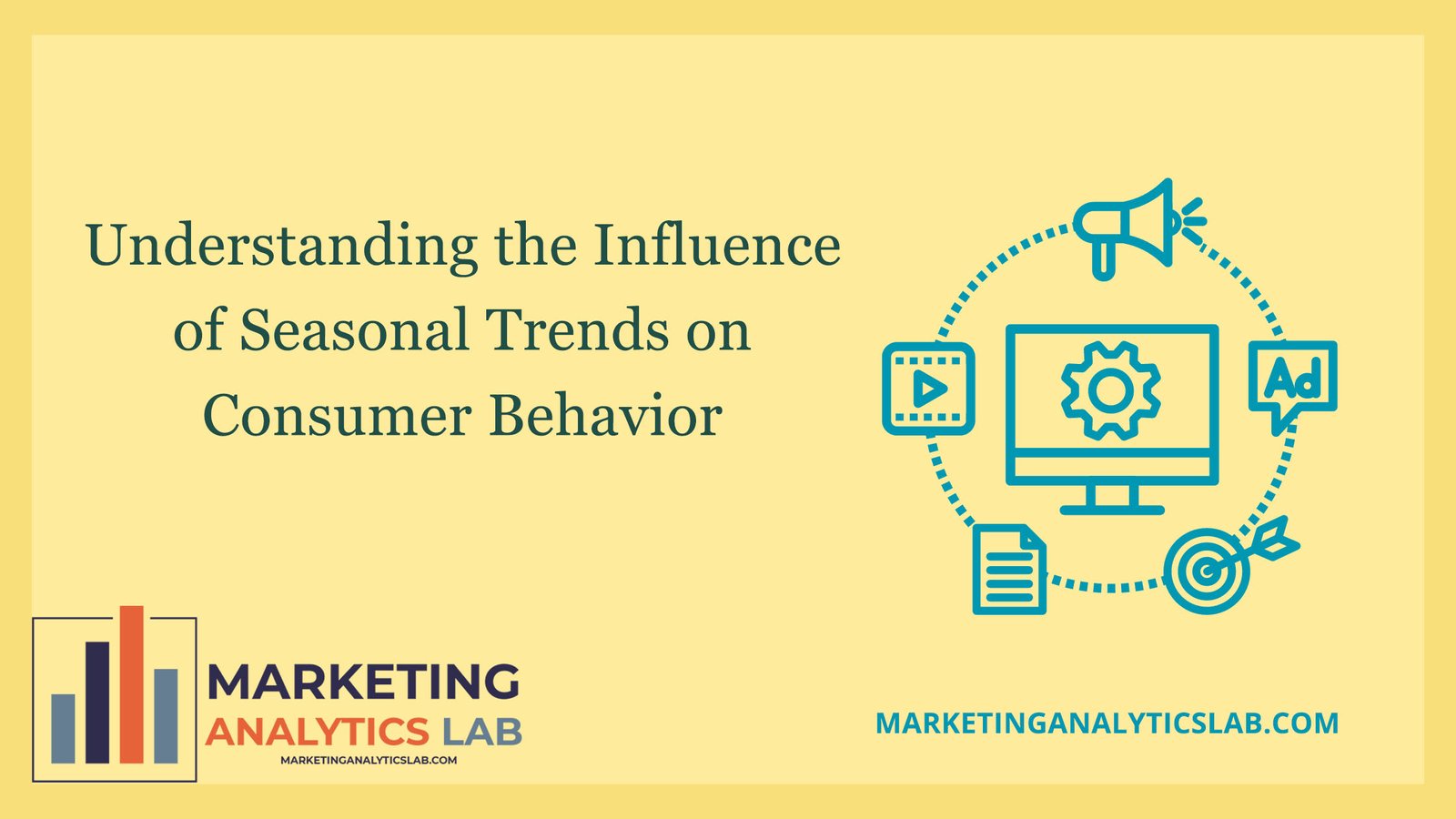The Impact of Seasonal Trends on Consumer Behavior
Seasonal trends have a significant impact on consumer behavior, as they influence what products people buy, when they buy them, and how much they are willing to spend. For example, during the holiday season, consumers tend to be more willing to splurge on gifts for their loved ones, leading to a surge in retail sales. On the other hand, during the summer months, consumers may be more inclined to spend on outdoor activities and vacations rather than on indoor goods. Understanding these seasonal trends is crucial for businesses to effectively market their products and services to meet the shifting demands of consumers throughout the year.
Moreover, seasonal trends can also affect the types of products that consumers are interested in purchasing. For instance, in the winter, consumers may be more drawn to products that provide warmth and comfort, such as winter clothing and home heating appliances. On the other hand, in the spring and summer, consumers may be more interested in purchasing items that help them stay cool and enjoy outdoor activities, such as swimwear, sunscreen, and outdoor furniture. By analyzing these seasonal preferences, businesses can tailor their product offerings and marketing strategies to better cater to the needs and desires of consumers during different times of the year.
Additionally, seasonal trends can impact consumer behavior in terms of how and where they choose to make their purchases. For example, during the holiday season, consumers may be more likely to shop online to avoid crowded stores and long lines. In contrast, during the warmer months, consumers may prefer to shop in person at brick-and-mortar stores to try on clothing and test out products before making a purchase. By understanding these shifting consumer preferences, businesses can optimize their omnichannel strategies to provide a seamless shopping experience that caters to the needs of consumers throughout the year.
Factors That Drive Consumer Decisions Across Seasons
Several factors drive consumer decisions across different seasons, including cultural traditions, weather patterns, and promotional events. For example, during the back-to-school season, parents are more likely to purchase school supplies, clothing, and electronics for their children as they prepare for the new academic year. This seasonal demand is driven by cultural norms and expectations, as well as promotional events such as back-to-school sales and discounts.
Moreover, weather patterns play a significant role in influencing consumer behavior across seasons. In colder climates, consumers may prioritize purchasing winter clothing, home heating appliances, and holiday decorations during the winter months. On the other hand, in warmer climates, consumers may be more interested in purchasing outdoor furniture, swimwear, and gardening supplies during the spring and summer months. By taking into account these weather-related factors, businesses can better anticipate consumer needs and adjust their product offerings accordingly.
Furthermore, promotional events such as Black Friday, Cyber Monday, and Amazon Prime Day can also drive consumer decisions across seasons. These sales events create a sense of urgency and excitement among consumers, leading to a surge in online and in-store purchases. By leveraging these promotional opportunities, businesses can attract new customers, drive sales, and increase brand loyalty. Understanding the influence of these promotional events on consumer behavior is essential for businesses to effectively plan their marketing strategies and capitalize on seasonal trends.

